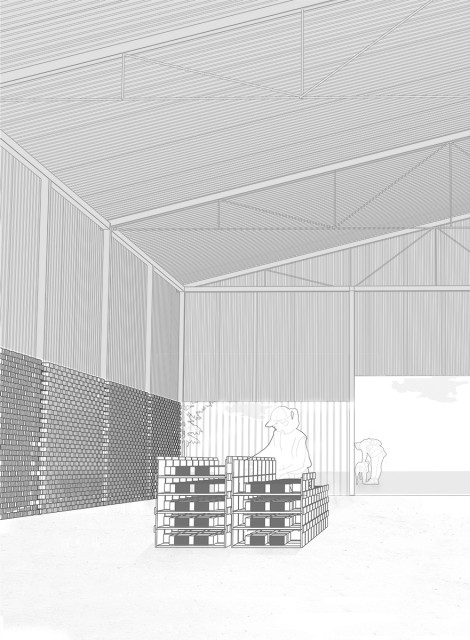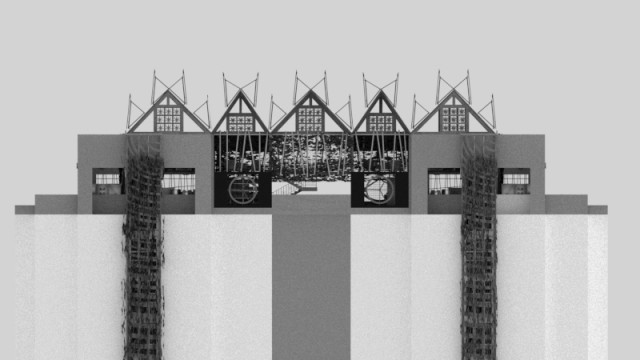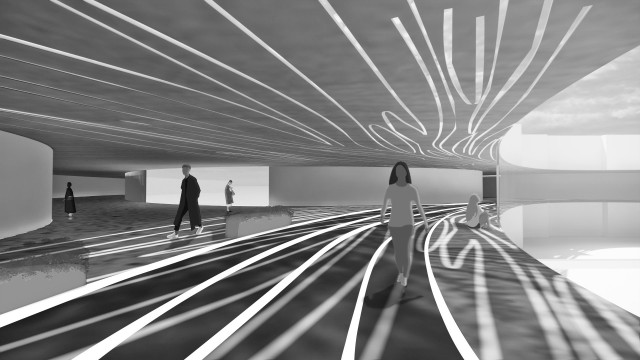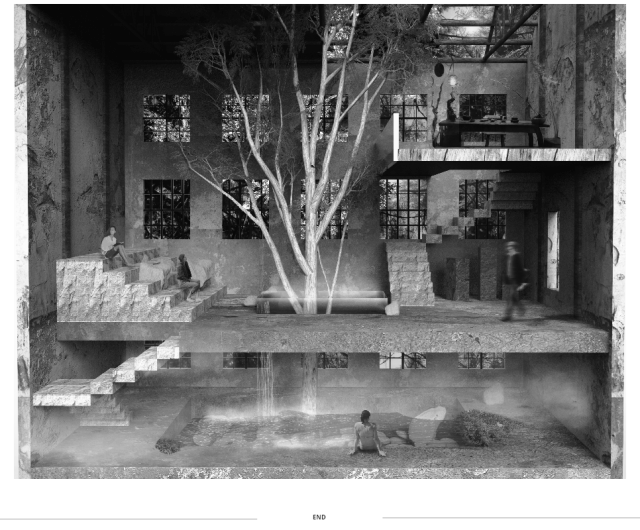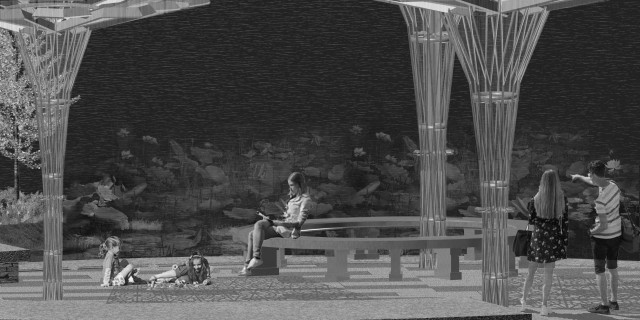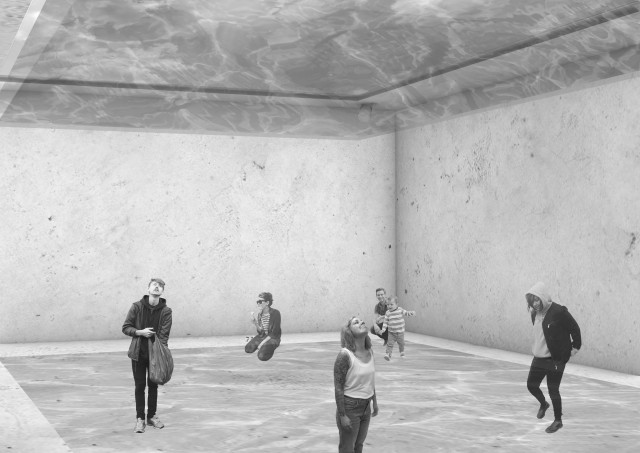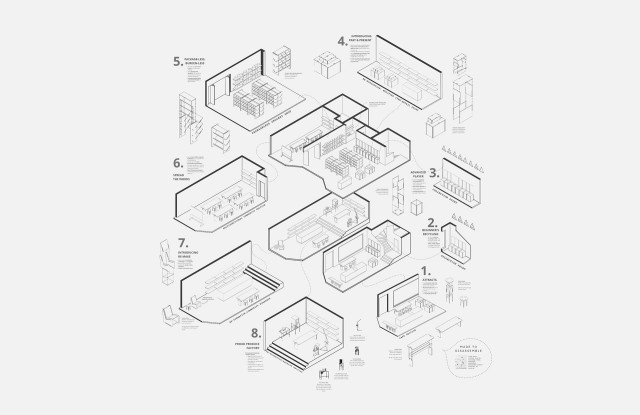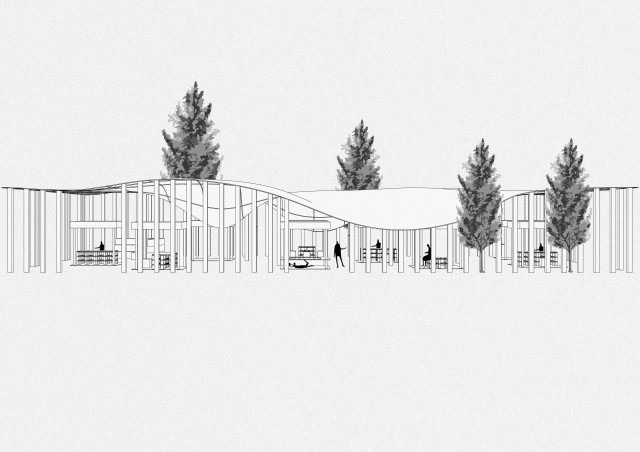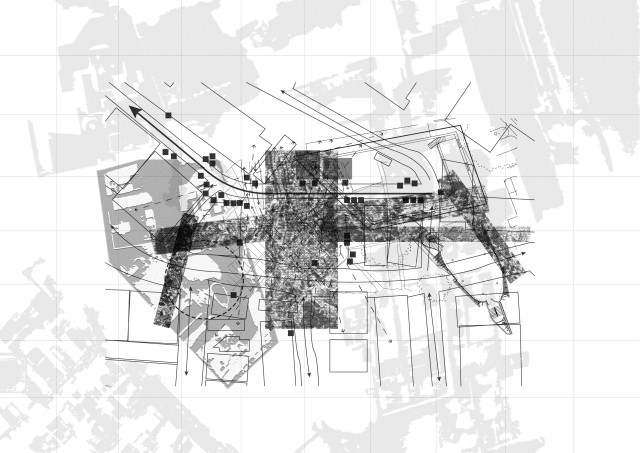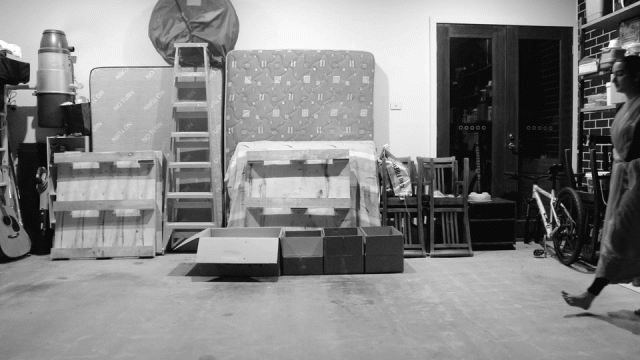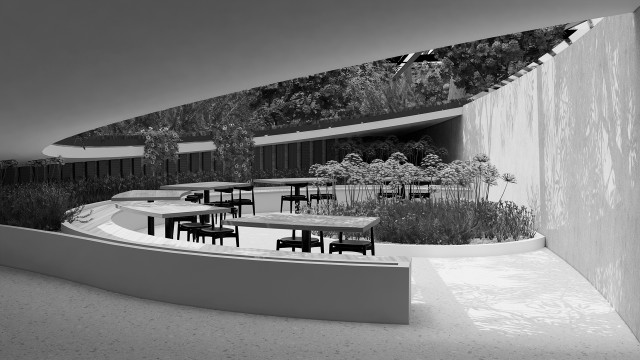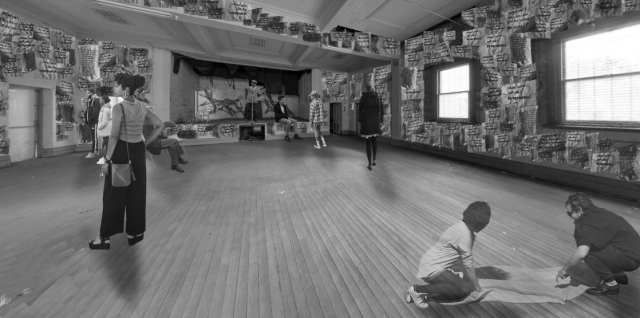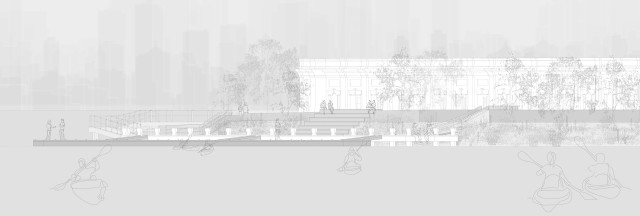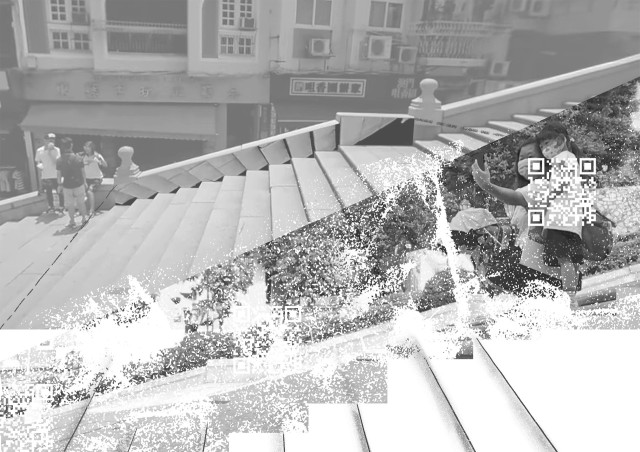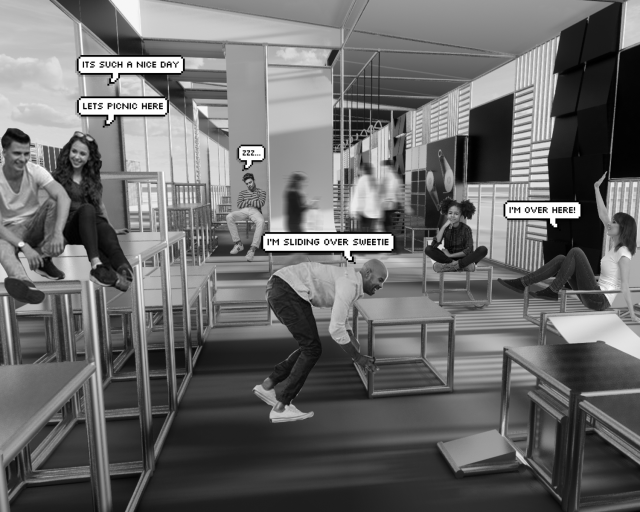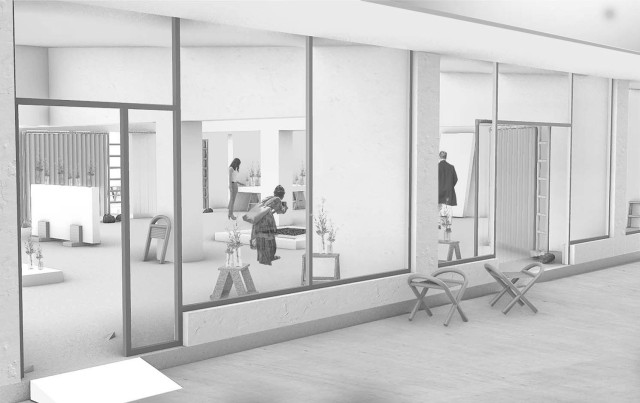Eason Tianyu Zhang, Lost & Found [×]
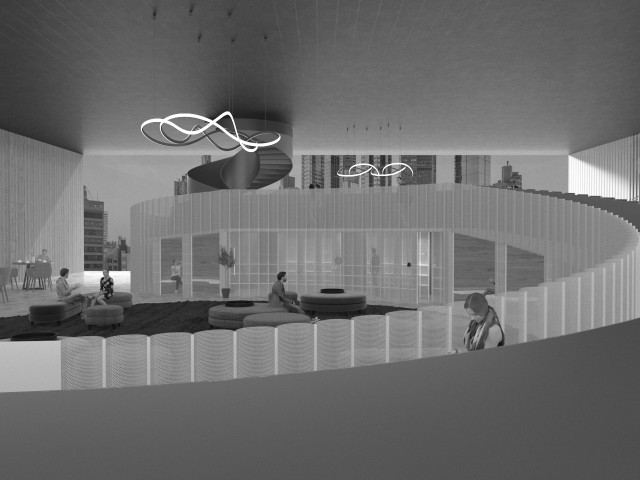
How does community shared space as a platform enable the restoration of interpersonal communication for high-rise communities after the pandemic and in the future?
Community shared space is the most common space available for connection for residents in their daily lives. It is the material carrier for residents to carry out various activities. With the pandemic, some public living spaces have been prohibited, and people’s social contacts have become limited. The impact of this is not only in the reduced space available to these dwellers, but also the psychological impact of such isolation. The consequences of this have prompted me to respond to the problem of the extremely limited social interaction evident in the city’s high-rise apartment buildings during and after the pandemic.
In response, the project Lost and Found has developed into a modular offline storage facility and online interactive platform. The offline facility will serve as an important hub in this project. Utilising the shared public space provided in high-rise apartments, it will provide innovative storage, where direct exposure and connection to the storage owner enables exchange and short circuit connections within the high-rise community. It is essential to the entire system as it maintains and promotes the circulation of the system. The online platform will employ the principles of blockchain technology, where ownership is expanded through a proposition of how sharing of usage rights strengthens this community.
Lost and Found is a project designed to help high-rise apartment communities derive access and connection within and between unlimited affiliated communities offline and online. It provides greater opportunities for people to connect with fellow residents, as these are the people they are surrounded by in their daily lives. The project has the potential to be applied to different cities in different countries in the future to facilitate better connections. These offline and online platforms provide increased communication channels where design can address isolation and actively provide support structures to eliminate this impact of the pandemic.










